Before you reach for the sprayer
Before I delve into this topic too deeply I want to say that this is not my specialty. As an entomologist, I’m trying my best to become a fairly good horticulturist. So, what I will write here will hopefully serve as an appetizer to help get you started.
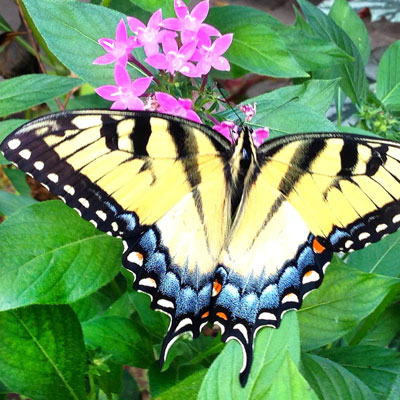
Some of our favorite garden plants are also popular with beautiful butterflies and moths – in their larval forms. You need to know that before you start reaching for the spray bottle of insecticide. I’ve spoken with many a sad gardener who realized too late that they’d killed a generation of beautiful wild creatures in an effort to save plants that meant much less in the long run.
Monarch butterflies…
These are the classic example. Their story is finally being told. It’s been within the past 50 years that we learned of their migration from the Northeast and Canada into Mexico for the winters and back again in several generations of monarchs each year. And we learned that milkweeds were their caterpillars’ only food source. As we plow up more and more of the native lands where milkweed grows wild, the monarchs’ populations have dropped precipitously. Wise gardeners plant milkweeds, but less knowledgeable gardeners don’t understand and may be quick to spray or dust.
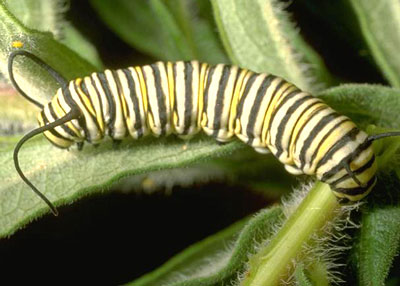
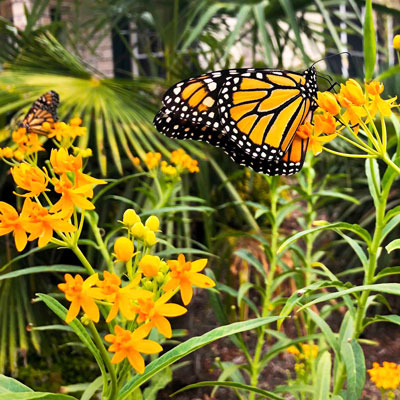
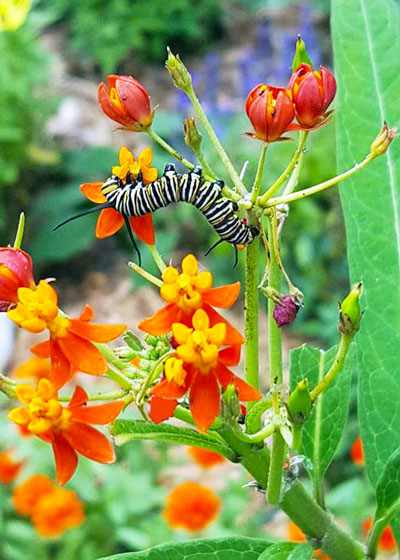
Here is information on monarch butterflies including details of their amazing annual migration. Click to see the details.

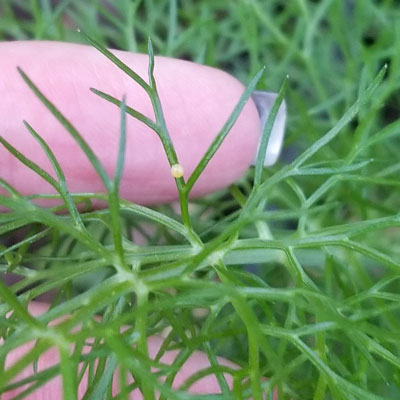
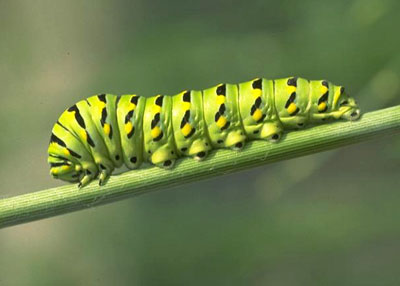
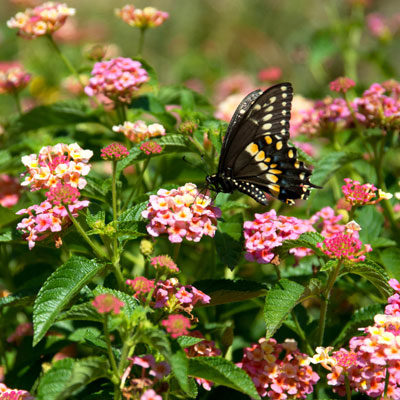
Parsley and dill are popular in the vegetable garden. Actually, the plants are handsome enough that many of us grow them in our landscape beds, too. And that’s where black swallowtail larvae find them and start stripping their leaves. Once again, think twice before you put insecticides to work. The butterflies will probably add more beauty than the two herbs ever would.
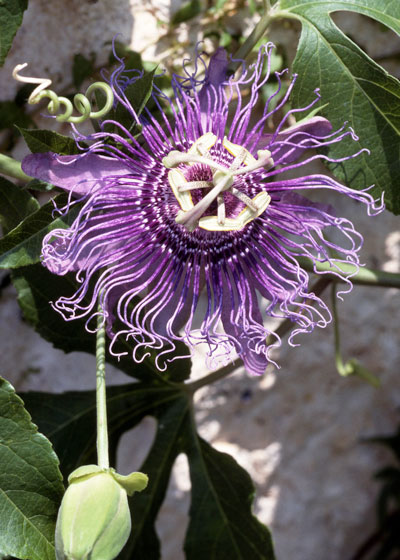
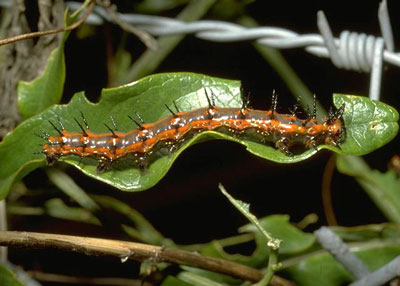
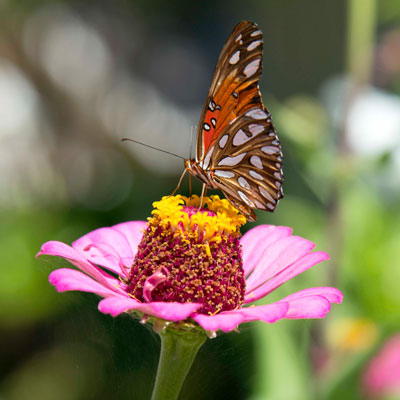
And a third example: passionvines and Gulf fritillaries. Many people grow passionvines specifically to feed these gorgeous native butterflies. Of course, you want to see the spectacular blooms on your passionvine, too, but the vines are so assertive that that’s usually going to happen. They’ll generally outgrow the feeding habits of the fritillaries.
Learn to recognize the larvae of Texas butterflies and moths. When you see one of them feeding on prized plants in your garden, do your quick research before you do any spraying or dusting just to be sure you won’t regret your decision later.
Here are some of the publications on the topic of “Butterfly Gardening” from the specialists of the Texas AgriLife Extension of Texas A&M.
Black swallowtail:
https://texasinsects.tamu.edu/lepidoptera/black-swallowtail/
Gulf fritillary:
https://texasinsects.tamu.edu/gulf-fritillary/
Monarch:
https://texasinsects.tamu.edu/monarch-butterfly/
Tersa sphinx moth:
https://www.walterreeves.com/landscaping/pentas-caterpillar-damage/
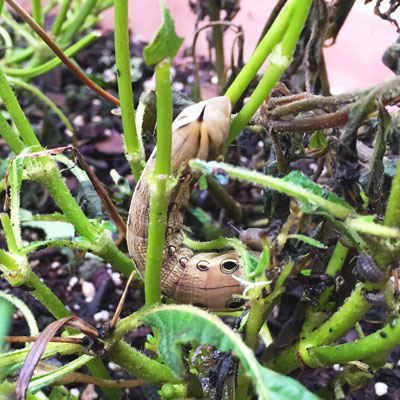
Here is an incredible field guide to the Order that includes all the butterflies and moths. This is an amazing compilation! Many, many more photos by Dr. Bart Drees, Professor Emeritus and Extension Entomologist, Regents Fellow of Texas A&M University.
Information and multiple links on butterfly gardening from the Travis County (Austin) Master Gardeners.
